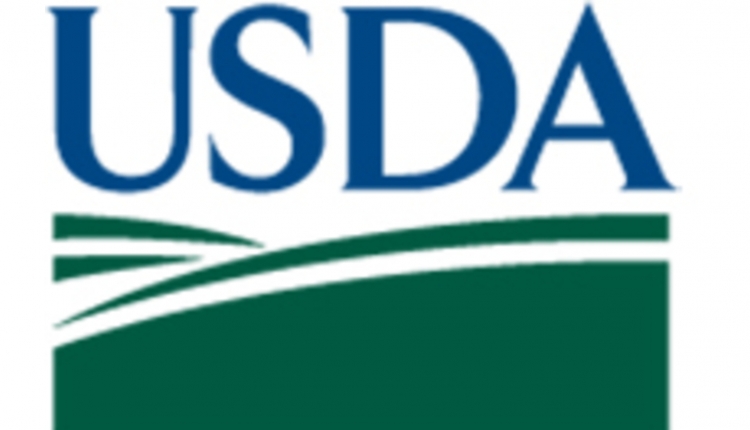
Cheese and butter prices strengthen since the first of May. On the CME 40-pound cheddar blocks started the month at $1.48 per pound and are now $1.67. Cheddar barrels started the month at $1.4175, were as high as $1.54 mid-month but are now $1.47. The spread between blocks and barrels has ranged from $0.0625 per pound to as high as $0.20 rather than the more normal spread of 3 to 4 cents. Butter started the month at $2.0925 per pound, were as high as $2.43 and is now $2.375. Dry whey prices soften some but still traded in the $0.45 to $0.52 per pound price range. These higher product prices explain the higher May Class III price. If the Class III price ends up near $15.60, it will average about $2.50 higher during the January to May period than last year. Last year the May Class III dropped to a low of $12.76.
Dairy product prices strengthened despite higher production and increased stock levels. While March butter production was just 0.3% higher than a year ago, cheddar cheese production was 8.0% higher and dry whey production 6.4% higher. Compared to a year ago, March 31st stocks of butter were 12.1% higher, total cheese stocks 8.5% higher and dry whey 3.6% higher. The wider than usual price spread between cheddar blocks and barrels is explained by stocks of barrels being more plentiful than blocks. The spread will likely return to more normal as the demand for processed cheese increases with the grilling out season soon starting.
Milk prices should continue to improve form here out. Domestic sales appear to be favorable for butter and cheese. Dairy exports are expected to continue above year ago levels. As world supply and demand tightens world dairy product prices will increase making U.S. dairy product prices more competitive. Milk production among major dairy exporters has been below year ago levels for the EU-28, New Zealand, Australia and Argentina. U.S. has been the exception with higher milk production. However, milk production by the other four exporters, particularly the EU-28 and New Zealand is expected to start running above year ago levels during the second half of the year. But, stronger buying by China and others will help to keep a tighter world supply-demand situation.
The level of U.S. milk production will determine how much milk prices strengthen. With expected favorable domestic sales and higher dairy exports we can expect improvement in milk prices if the increase in milk production stays close to 2%. USDA is forecasting 2017 milk 2.1% higher than 2016. USDA estimates April milk production 2.0% higher than a year ago. The number of milk cows have been increasing since October of last year and are now 0.7% higher than a year ago. Milk per cow was 1.3% higher than a year ago. Compared to April a year ago milk production in the West and South West was up 3.8% in Arizona, 7.5% in New Mexico, 12.8% in Texas, but down 1.1% in California and 0.7% in Idaho. California had fewer cows and less milk per cow whereas Idaho had less milk per cow. Milk production remained strong in the Northeast with increases of 4.2% in Michigan, 3.9% in New York and 2.5% in Pennsylvania. In the Upper Midwest milk production was up 2.4% in Iowa, 2.0% in Minnesota, 3.8% in South Dakota and 0.6% in Wisconsin.
Class III futures have turned more optimistic about milk prices than at the beginning of May. Class III futures reach the low $16’s by June and the low $17’s August through November. With continued good domestic sales and improved dairy exports a Class III price in the higher $17’s by October is very possible. Some price forecasters even see $18 as a possibility. Weather will also be a factor as to where milk prices end up. Hot and humid summer weather can reduce the increase in milk production and depress milk components lowering the yield of dairy products per 100 pounds of milk. Milk prices will respond to relatively small changes in milk production, domestic sales and dairy exports. But, milk prices could average for the year $1.30 to more than $2 higher than last year.


